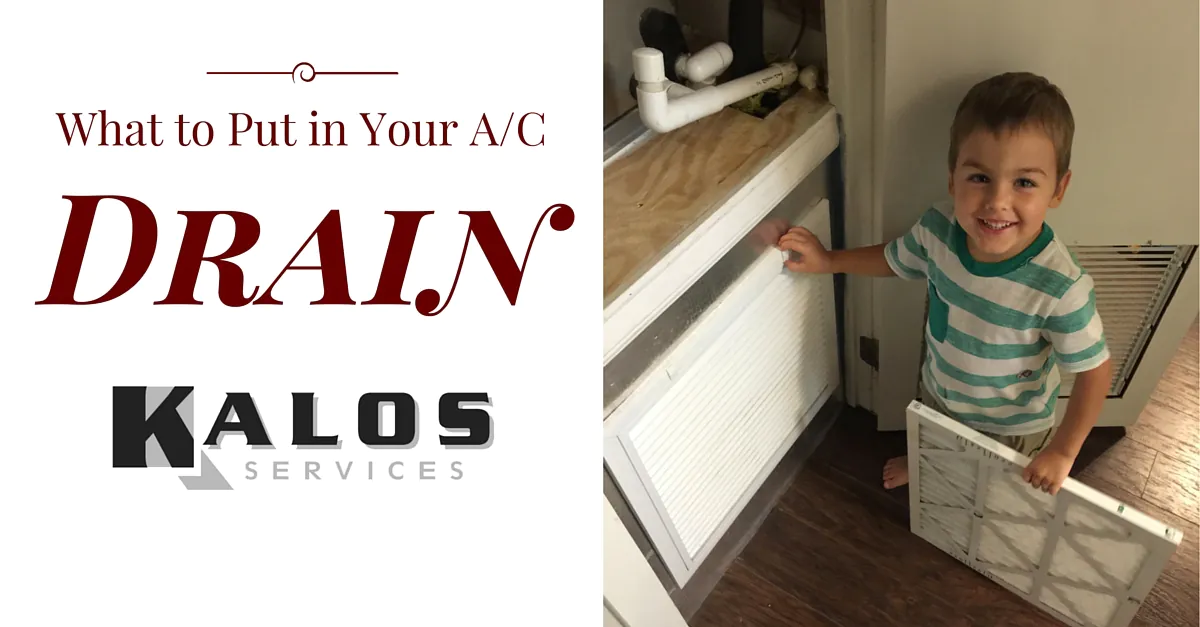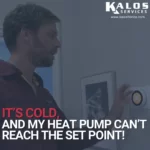It is one of the most common questions we get throughout Central Florida: “What do we put in the A/C drain line to prevent backups and water damage?” It's a good question, and it has a few good answers, but we give our professional experience in the video below.
When I first started in the air conditioning business, I was working for a customer in Windermere, and he told me, “I know I'm supposed to put bleach in the A/C drain, but I don't know where to pour it.” It turned out he didn't have a drain cleanout tee at all. I offered to install the tee, and he agreed. Then, I showed him how to add white vinegar to his drain to keep algae and molds from thriving in the drain line. He was very pleased to learn that preventing water damage from A/C drain backups could be so simple.
Service Manager Nathan Orr shows how to clean your air conditioner's drain line and what materials to use. If you're a fan of ours, be sure to share this video to show your friends and family how they, too, can experience the Kalos difference.
Don't forget to subscribe to our channel on YouTube or our Blog for automatic updates!
Links and Items Mentioned In This Video
- How to find your drain line
- Whether to use bleach or vinegar to clean a drain line
Transcript
Today, we're going to be talking about steps you can take to ensure your condensate drain line stays clean between preventative maintenances. Backups can either cause the unit not to run or get water in places. A pretty common question is, “Is there anything I can do to prevent this from happening?” We're going to head over to take a look at a unit and give a little demonstration of what you can do.
All right, so here we are at the air handler. Condensate will collect in the pan there in the bottom, and it's going to drain out down the condensate line to out by the outside unit. A common occurrence is that [condensate] will get backed up back into here. You have a float switch that will turn the unit off. If you don't, it's gonna damp water all over your floor. A pretty common question is, “Can I do anything to prevent that?” And what really causes the backups initially is the inside of PVC has a sleek oil-based coating, so nothing normally clogs up. But over time, water sets in there, algae builds up, and that’s what causes the initial clog.
So, you want something to do to break that up. But a lot of old-school guys will say, “Just pour some bleach down,” and the question is, “Does that help?” Bleach does help. The negative of bleach is, as you can see here, your copper runs with the drain through a larger PVC pipe underground and comes up outside, creating a U that's gonna collect anything that leaks in there. So, as soon as your PVC has any leak where it goes underground, which it shouldn't but frequently does, just a small leak, that bleach can collect in there. Now, it sets on your copper; it's going to corrode it. It's going to cause a leak right where you don't want it, which is underground where it's irreparable.
What we say then: don't use bleach—just use a little white vinegar. It accomplishes the same thing: kills the algae. Is it going to flush out dirt that's built up in there? No. You're going to have to use a Shop-Vac or high-pressure air or something to blow that out. But what it does do is it gets rid of that algae—doesn't give it a sticking point. And so regularly putting, you know, half a cup to a cup of vinegar down there, putting a little warm water on top of it, that will help flush out any of the algae that's built up.
So yeah, all we're going to do is just take the cap off of your cleanout. It should have one somewhere. Put in a funnel, take your white vinegar, pour a good amount—like, I say half a cup to a cup—take your funnel out, cap it back up, and you're done. If you wanted to, you could flush it through with a little warm water to help maybe flush some of that algae out, but pretty much, you're good to go.
All right, so in summary, don't use bleach; use vinegar. That helps with any mildew growth—keeps you running clean. It's not going to actually clean your A/C drain, but it can prevent some backups.
Visit KalosFlorida.com or call (352) 243-7088 for more information!
Second Opinion
Free Second Opinion request Form






